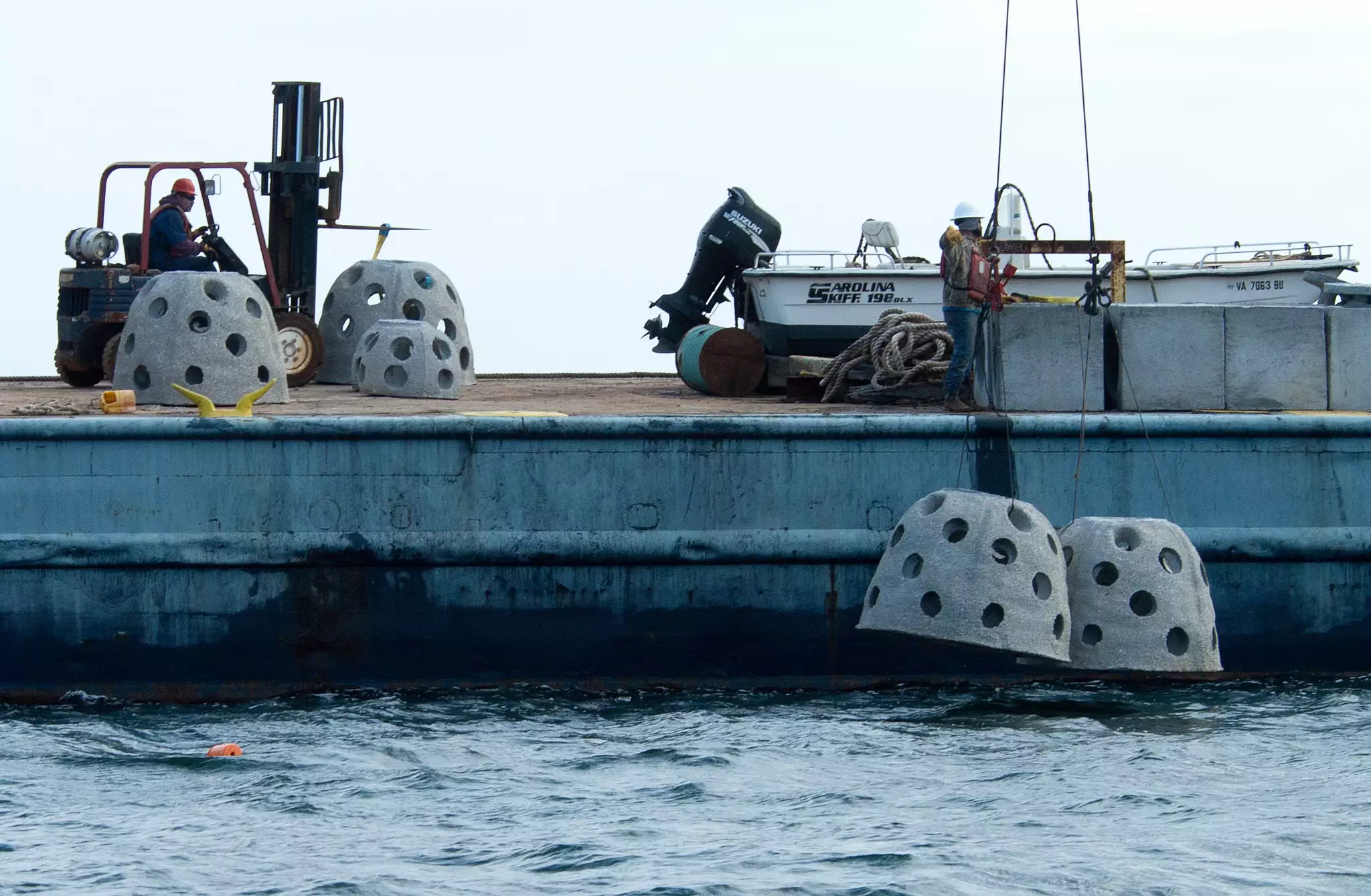Excerpt:
CEDAR KEY, Fla. — When Hurricane Idalia slammed into Florida’s Gulf Coast in August, one of the hardest hit areas was Cedar Key.
A nearly 7-foot storm surge battered the small fishing community, flooding a third of the buildings on the island. In a new report, the National Oceanic and Atmospheric Administration says Idalia caused an estimated $3.6 billion in damage, most of it in Florida’s Big Bend region. But on Cedar Key, when the water receded, scientists found some good news amid all the damage.
Nature-based “living shoreline” projects built to protect roads, buildings and other structures were relatively undamaged.
On Cedar Key over the past several years, a team of researchers from the University of Florida has used a variety of tools to mimic nature. Instead of building seawalls and jetties, they’ve brought in sand, put in marsh plants and used artificial reefs to encourage the growth of oyster beds offshore.
People who live on the tiny island year-round are no strangers to storm surge and flooding. Because it’s so low and close to the water, the town sees flooding during even small storms. In 2016, Hurricane Hermine brought then-record storm surge and flooding. Savanna Barry, an extension agent and researcher with the University of Florida, says that with that history, the devastation of Hurricane Idalia wasn’t unexpected. “Shocking’s not really the right word, but certainly overwhelming,” she says. “But we were happy to see the living shorelines had relatively little damage.”
Near the island’s western edge recently, Barry checked up on one of the living shoreline projects. Just a day before this visit, a storm system in the Gulf brought high winds, damaging surf and minor flooding to this part of the island. “But you see this debris line, how it bends towards this vegetated area,” Barry says. “That’s really showing you how this is affecting that wave power.”
That’s what living shorelines do. They don’t reduce the height of a storm surge or stop the waves from coming ashore. But they absorb and reduce the energy of incoming waves. Barry says that provides significant protection to roads, buildings and other structures onshore. “Even if they do still get flooded, they may not get as battered by wave energy,” she says…
– UF IFAS Nature Coast Biological Station (06-16-2020)
Cedar Key Reef Ball Delivery – Jun 2020









